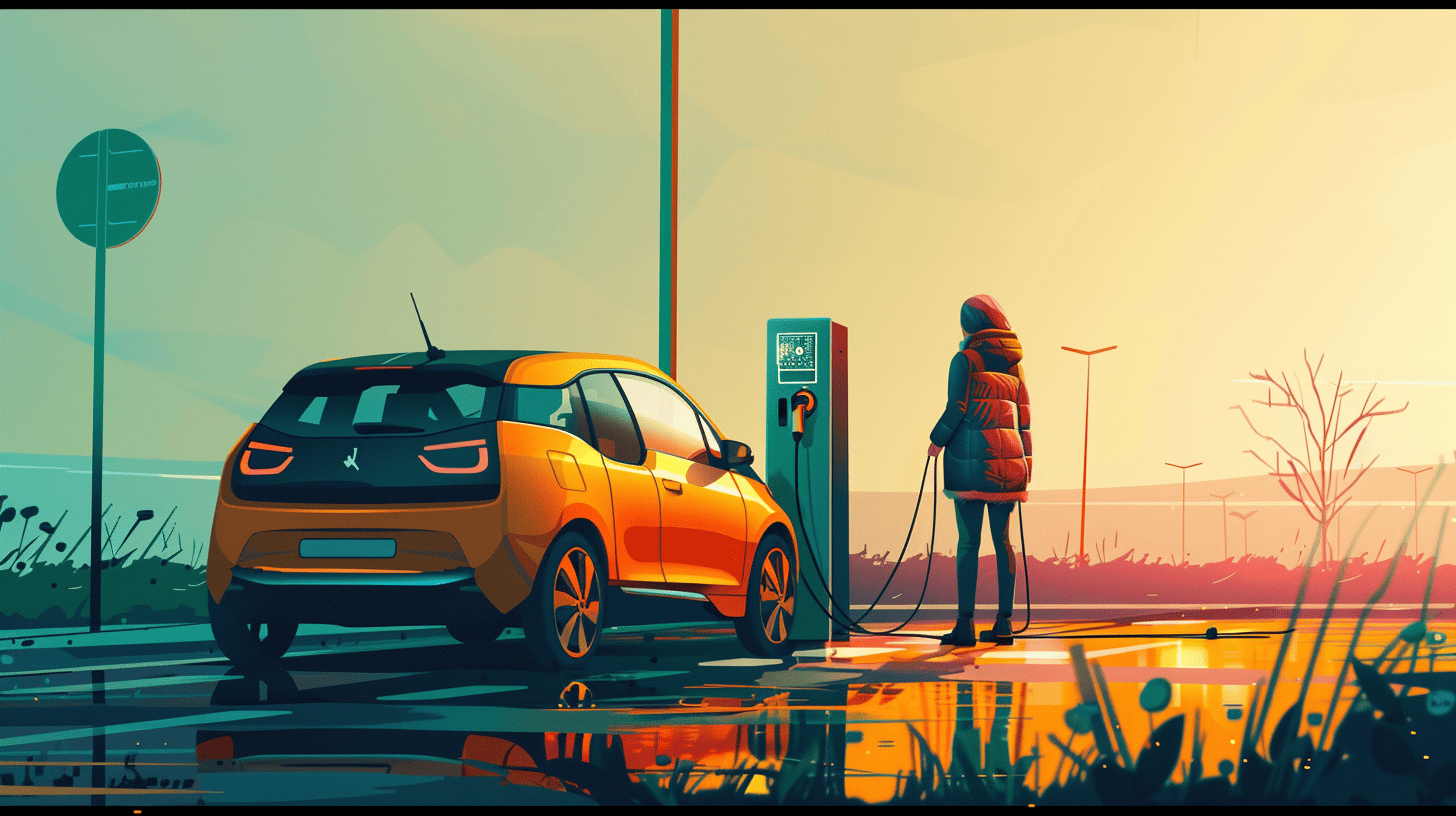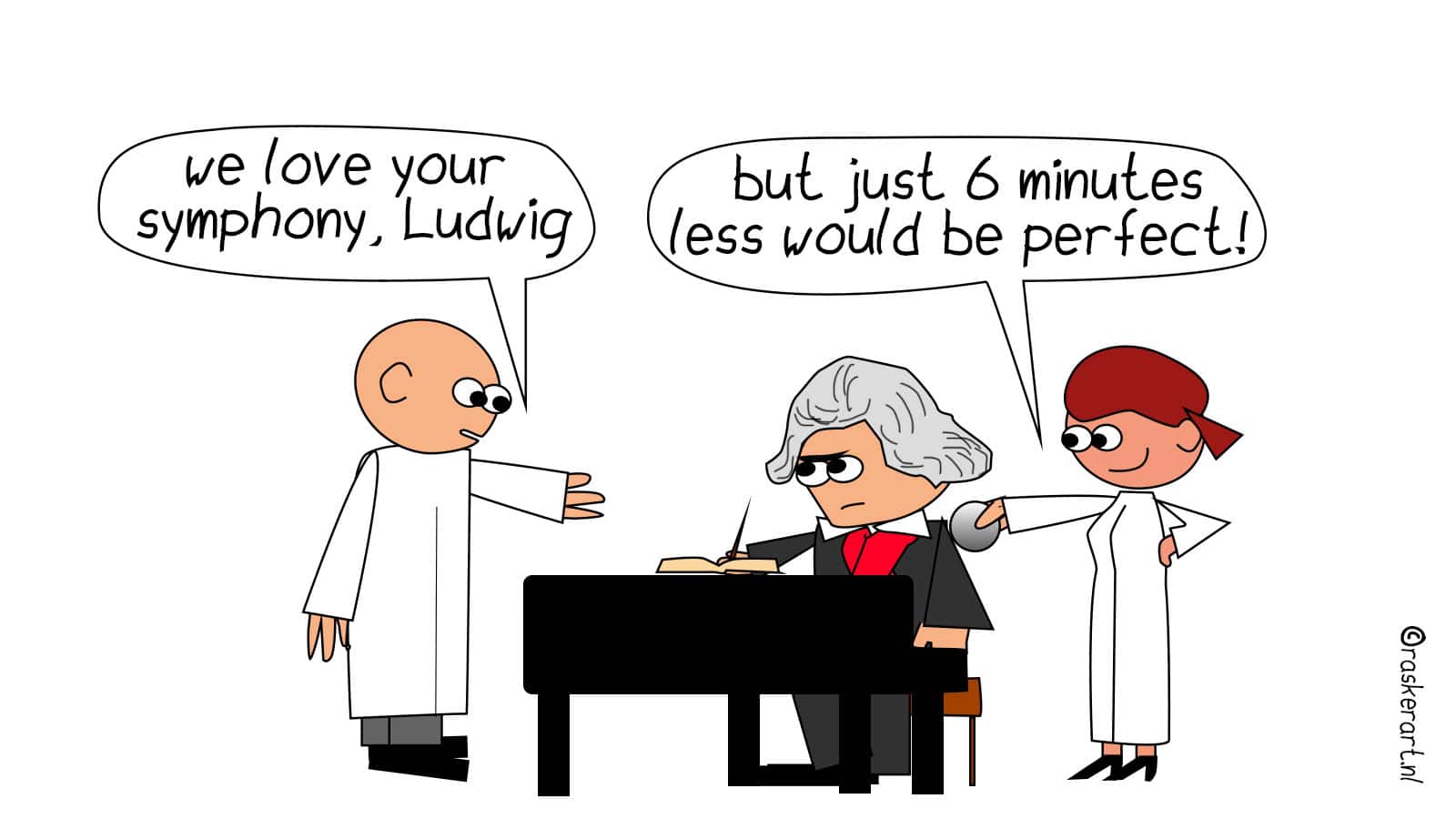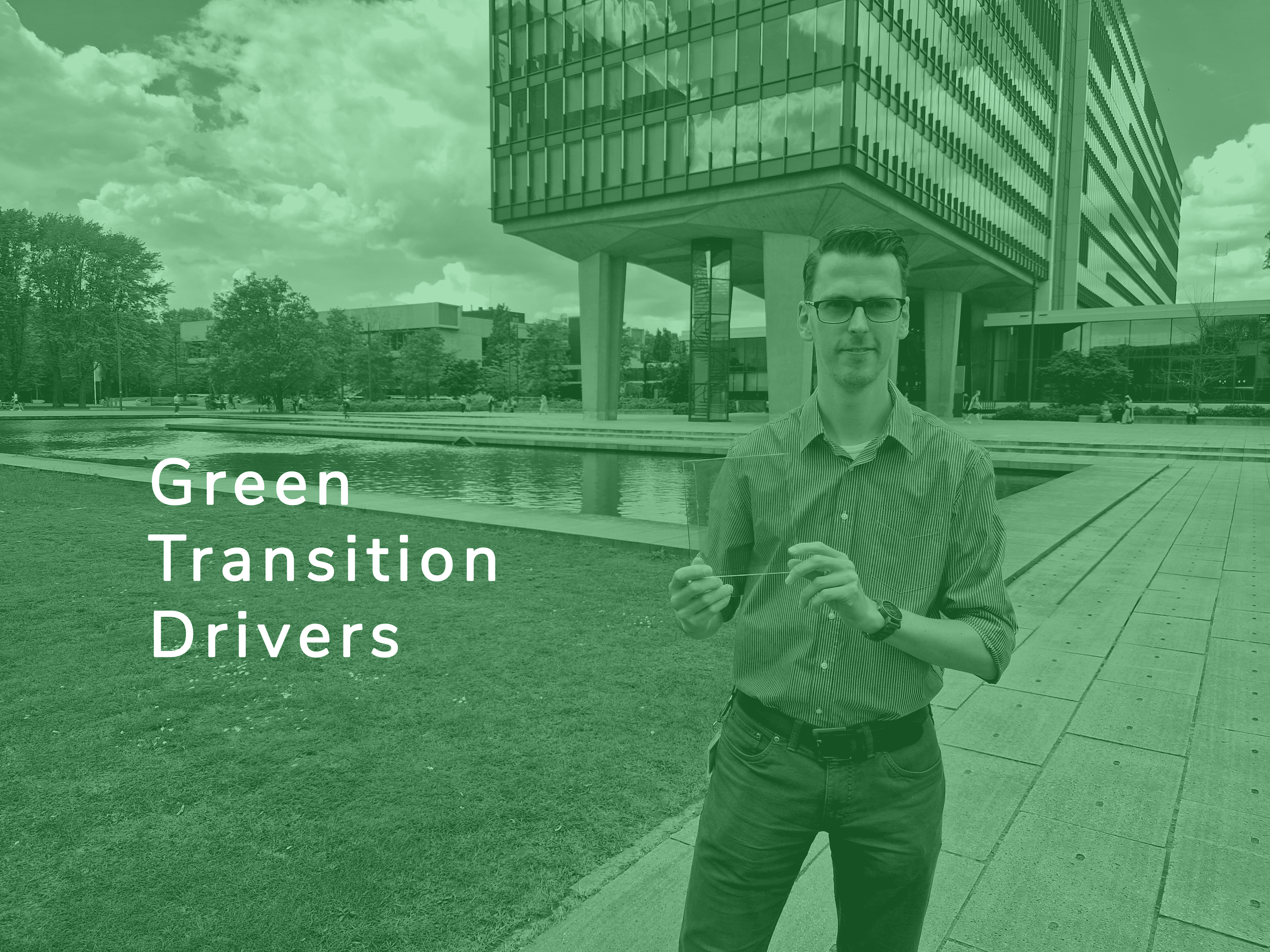
“As a kid, I was fascinated to see how things work on a small scale and how this translates into bigger objects. I was interested in learning how the materials around me would work,” says Stijn Kragt. Fast forward to twenty years, he’s the CEO of ClimAd Technology, a startup developing film coatings for glass.
Kragt’s interest in science made him study chemistry at the Radboud University of Nijmegen and eventually pursue a Ph.D. at the Eindhoven University of Technology (TU/e). It was then that, besides his extensive knowledge of the topic, he wanted to use his Ph.D. research to impact the world positively. So, he founded ClimAd with professor Guofu Zhou ClimAd, which is still headquartered at the chemistry faculty of the TU/e.
The Green Transition Drivers
Reducing emissions, optimizing resource use, and uptaking green energy are some of the practices we need to uptake to transition towards a greener economy. But who’s behind the green transition? In our series called the Green Transition Drivers, we put entrepreneurs and innovators working to make our economy greener.
Comfort and energy efficiency
ClimAd focuses on making glass smart. The company developed a photochromic film, a thin coating that can change color and reject heat based on light intensity. On sunny days, this film gives the glass a visual tint and rejects heat; on cloudy ones, it stays transparent, letting light and heat in. Controlling the amount of daylight inside a building allows for better control over energy consumption, thus optimizing heating and cooling. “We try to combine comfort and energy efficiency,” summarizes Kragt.
The photochromic film is based on inorganic pigments – molecules ad hoc designed by ClimAd – that absorb ultraviolet (UV) light from the sun, changing their oxidation state. As a result, the color changes, and the tint on the glass becomes visible. In dark conditions, the glass turns transparent again. The film does the job by itself: no external wiring or complementary electronics are needed to make it work.
Further down the way, the company plans to launch its thermochromic film. Contrary to photochromic film, this technology uses liquid crystals to reflect light. “These crystals, which are also the ones I worked on during my Ph.D., can reflect specific wavelengths of light. We can tune them to change the amount of solar heat the film reflects at a specific temperature,” he clarifies.
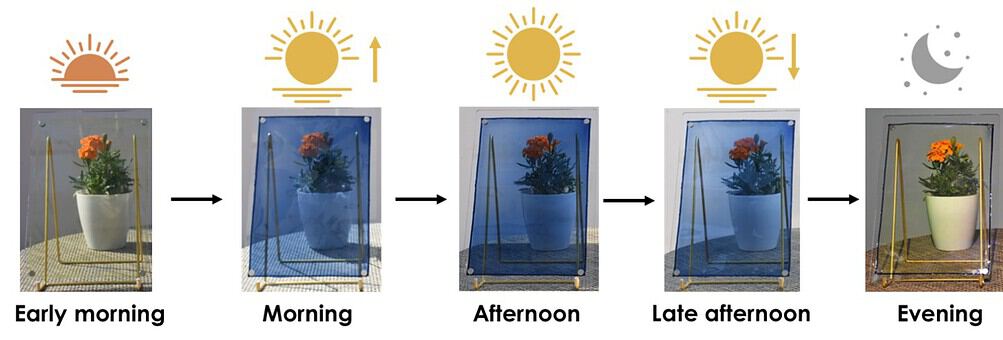
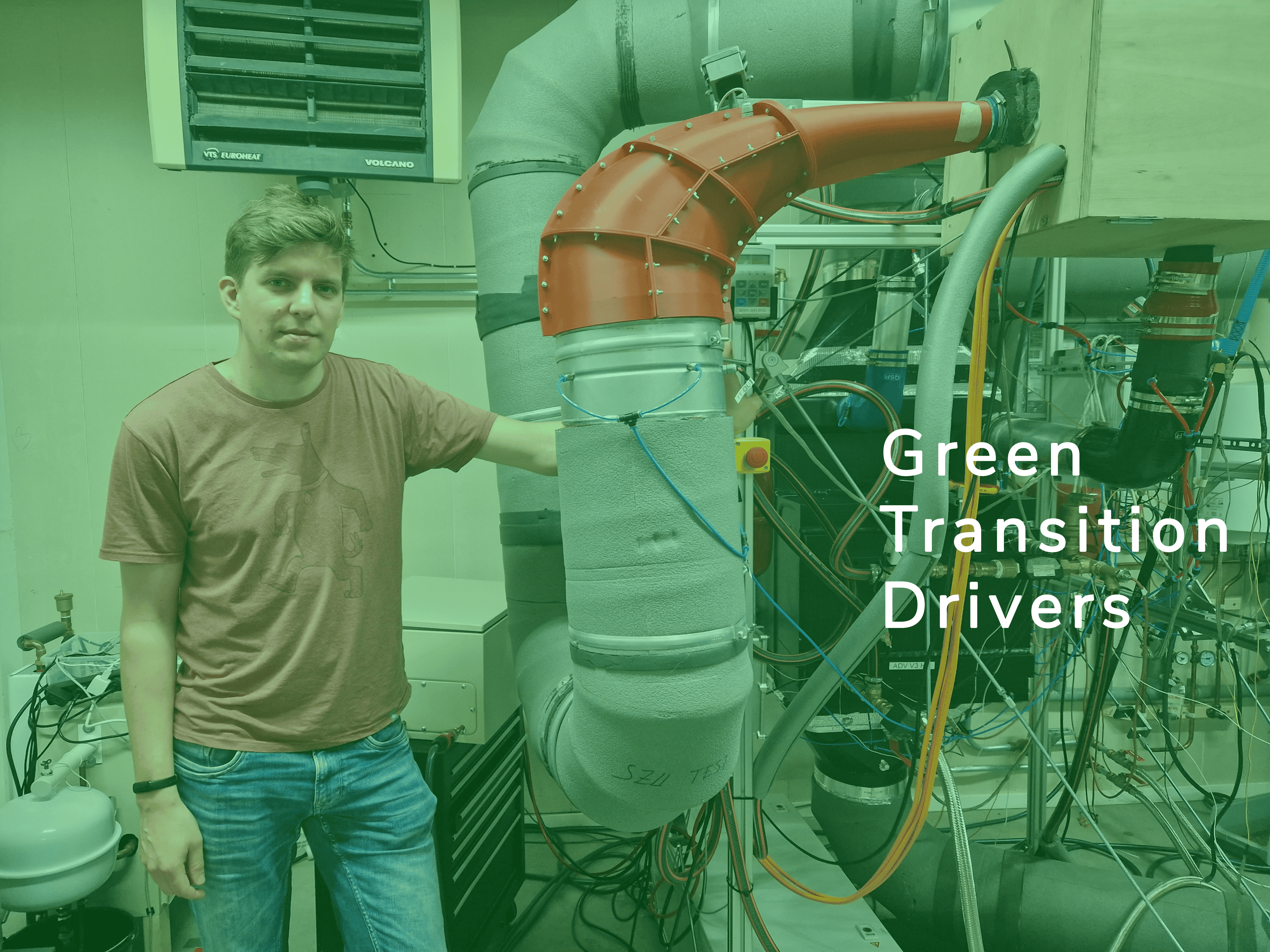
Savings
The company analyzed the energy savings its technology can bring. If we were to replace double-glazing windows with windows equipped with ClimAd, a building could achieve 38% to 51% energy savings in a year. “Across Europe, that would translate to over 1,100 terawatt hours of energy saved each year, using our technology in the whole European building stock,” the CEO points out.

Impact
Since its founding in 2019, the company has spent most of its time developing the technology and aims to have the first outdoor pilots by the end of the year. In these past years, the company has collaborated with both European and Chinese partners, receiving funding grants that allow it to continue researching technology while setting foot in the glass industry.
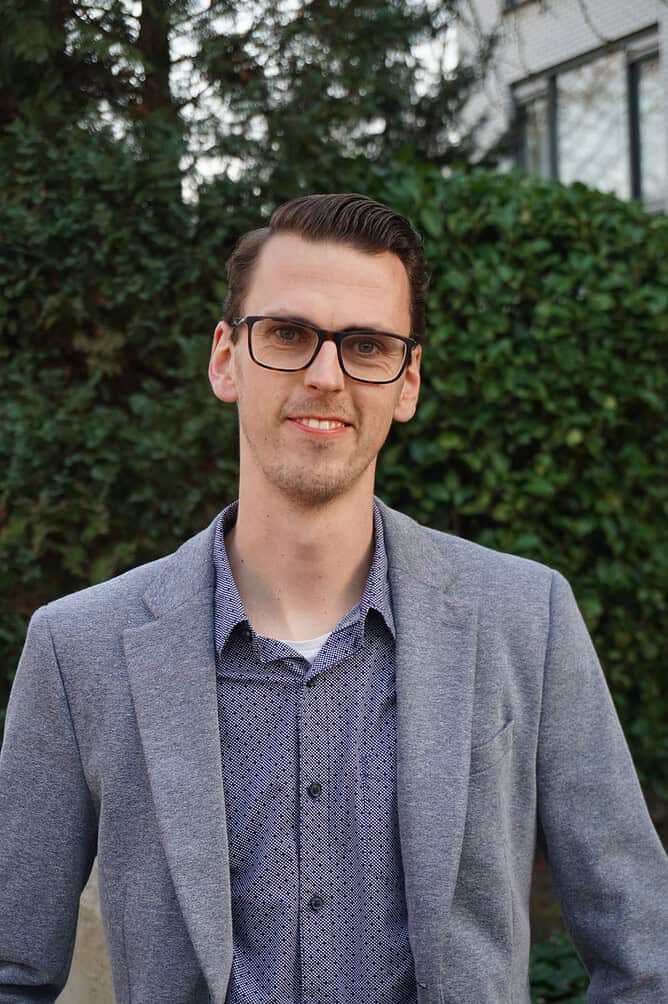
The journey has, so far, been enriching for Kragt, who had to learn how to become an entrepreneur after being a scientist. Kragt sees himself growing in this position and gradually switching from academia to entrepreneurship. “In the beginning, funding is vital to make a start, and it’s something you are not used to as a scientist. Looking for customer collaborations and writing funding letters is completely different from presenting a paper at a conference,” he adds.
The years of experience took him away from some of the naivety he had at the beginning. “When I started, I wanted to create something and use the knowledge I had acquired in my Ph.D. years to make society a better place,” he recalls. This journey, first as a chief technology officer (CTO) and then as CEO, didn’t come without its challenges and hiccups, but also with many lessons learned.
Transition
Yet, the same motivation as in the early days is what pushes him. Although ClimAd films are yet to be applied to any building, the CEO is starting to see the impact of his work on the glass industry. As the sector, like many others, moves toward smarter and more environmentally friendly standards, startups can have a say in pushing such transitions. “By being part of the industry, we can drive the transition and make an impact. I truly believe that if we can make the technology work, we can use it in many buildings and create the impact we are looking for,” Kragt highlights.
As a very accurate person, a trait that helped make a career in chemistry, Kragt clearly sees what’s needed to push the green transition further. “On one hand, I think innovation needs to drive the transition. On the other, politics needs to stimulate it. The two need to come together at the right time, and then we will see the transition happening,” he outlines.

Go with the flow
In the meantime, ClimAd plans to extend its network, catering to building managers, and enter the market with the photochromic film with a step-by-step approach. In Kragt’s view, having a film with the intrinsic ability to interact with light is a pure novelty for the market and a strong selling point. “This makes it up to four times cheaper than electrically switchable solutions. With our tech, we can make smart glass mainstream,” he adds.
Kragt is enjoying the journey at the helm of ClimAd Technology. When he started as a Ph.D., he didn’t expect him to turn into a startupper. Looking further back and having the chance to talk to the kid with a passion for science, he would just say to go by the flow. “Stay open-minded.”



